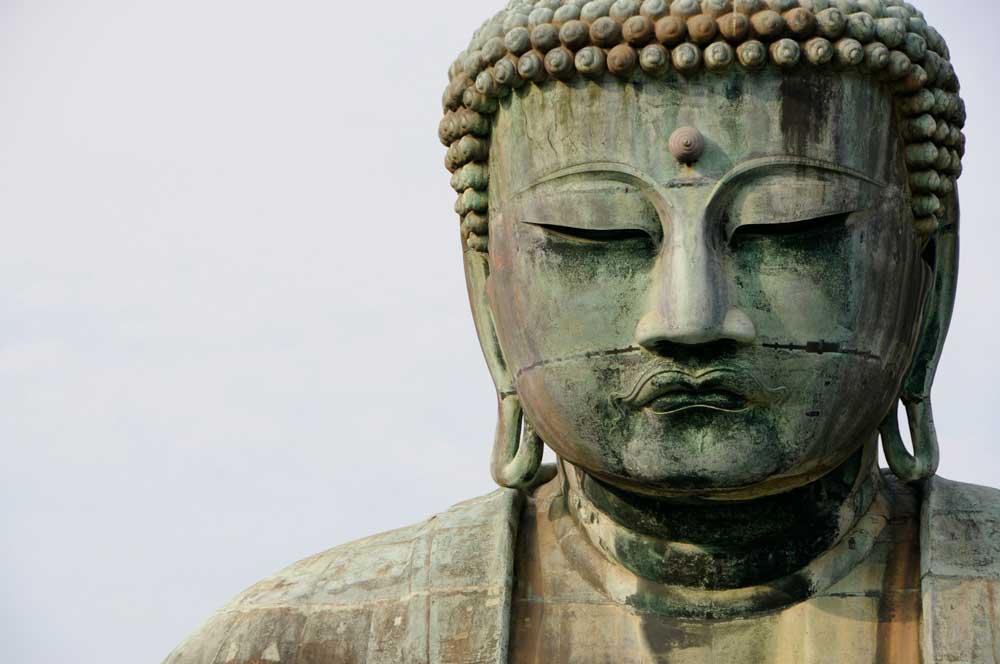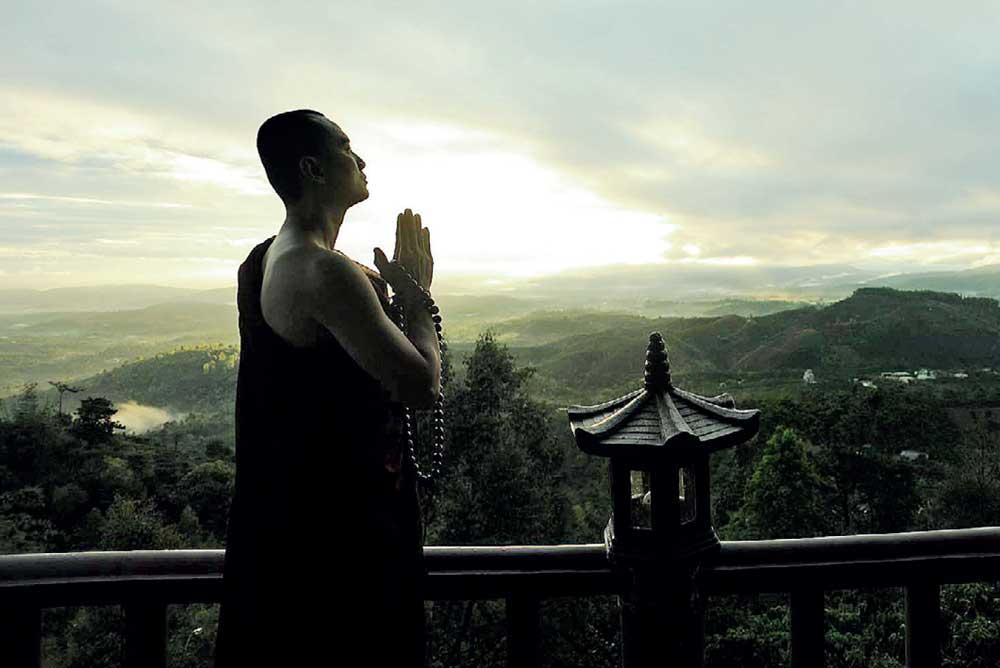13 Jul 2024 - {{hitsCtrl.values.hits}}


 A conclusive guide on how to approach social media with the help of the three marks of existence in Buddhism.
A conclusive guide on how to approach social media with the help of the three marks of existence in Buddhism.
According to Buddhist thought, there are three interconnected marks of existence, annata which is the doctrine of no-self, dukkha which is dissatisfaction or suffering, and annica which is the transient, impermanent nature of all things. Accepting and embodying the three marks of existence through Buddhist practices can help you cope with the complications that come with social media.
Overcoming Narcissism
 One of the best and worst things social media has given us is the sense that what we think matters. While this empowerment has amplified important voices in education, political activism, and public health, it has also led to the proliferation of narcissism. For example, you go on a holiday and post pictures of everything you do, from the food you eat, to the places you visit, to the people you meet.
One of the best and worst things social media has given us is the sense that what we think matters. While this empowerment has amplified important voices in education, political activism, and public health, it has also led to the proliferation of narcissism. For example, you go on a holiday and post pictures of everything you do, from the food you eat, to the places you visit, to the people you meet.
However, the Buddhist doctrine of no-self asserts that all things are inherently connected and interdependent— the food one eats has been prepared by another, the ingredients for the meal have been harvested by a third and the road upon which the ingredients were transported has been built by yet another. Nothing can exist independently or in isolation.
Metta Meditation
The way to accept and embody this understanding of annata is through metta meditation, a “loving-kindness” meditation that focuses on compassion and the understanding that we are all completely dependent on the kindness of all beings. The way to practice metta meditation is to sit in a comfortable position, place attention to your heart and focus on the breath in the chest. Then repeat the phrase: “May I be happy. May I be well. May I be safe. May I be peaceful and at ease”. Then, widen this scope of unconditional love and direct these phrases towards loved ones, communities, and all beings.
Recognise and Address Suffering
The second mark of existence is suffering. Dr Amber Carpenter, associate professor of philosophy at Yale-NUS University and specialist in Greek and Indian Buddhist philosophy highlights the first noble truth in Buddhism, the acceptance of suffering.
She says, “There’s a lot of mental unhappiness that we don’t recognise which drives us to do things which are unhelpful to ourselves and others. We keep trying to scratch an itch without knowing the cause.”
According to Buddhist thought, it is desire and ignorance that lie at the root of suffering. Desire and ignorance lead to craving and attachment to things which are impermanent, such as likes, followers and fame. This attachment causes us to suffer any time we experience loss or change because we have the false conception that fleeting external validation will bring us lasting happiness.
Shift the Focus
Instead of mindlessly posting stories and reels for a few seconds of attention, consider engaging in acts of kindness towards others by dedicating yourself to a charity, practising gratitude, or contributing to your community, kindness towards others is kindness towards the self.
Yongey Mingyur Rinpoche, teacher and master of Tibetan Buddhism, told me on my podcast, “Wisdom means knowing reality as it is. And what is reality? Reality is change. Our lives can be likened to the waves of the ocean, or the [fluctuations of the] stock market, constantly going up and down.” In gaining this understanding, we see how unfulfilling social media really is for the self and we can learn to recognise the ways in which it has altered our intrinsically loving, compassionate dispositions.
How to Cultivate a Calm State
“A lot of social psychologists are now calling attention to the fact that social media is designed to make us obsessive, defensive and highly reactive. We are motivated by hair trigger reactions which are almost always negative since negative feelings are what drive obsession,” Carpenter remarks. She labels social media as a “behaviour modification machine.” She adds, “Buddhism can offer an antidote to that, people must recognise their obsessive, compulsive behaviours and engage in exercises of meditation that aid in curbing knee-jerk responses, allowing phenomena to arise and learning to refrain from reacting.”
The meditation Carpenter is referring to is known as ‘Samatha meditation’ it aims for calm concentration by letting go of desires and cravings. In order to engage in this meditation, you must sit with a relaxed posture, bring your hands to your lap, and then bring awareness to the normal pattern of your breath. You must deeply inhale and exhale and most importantly allow all thoughts to float in and out of your mind, happy ones, angry ones, boring ones, annoying ones. You must then observe each thought, accept it without judgement and then let it go. The objective of this sort of meditation is to reduce cognitive chatter and learn to be non-reactive and at rest.
Engage Mindfully
Social media connects us to people across the world, disseminating useful information, and empowering important social causes. The solution to the problems created by it is not to refrain from engaging, but rather to engage more mindfully. By accepting and embodying the three marks of existence, annata, dukkha, and annica, we can enable ourselves to cultivate love and compassion within while forming genuine relationships in the digital and non-digital world.

26 Dec 2024 37 minute ago
26 Dec 2024 1 hours ago
26 Dec 2024 2 hours ago
26 Dec 2024 2 hours ago
26 Dec 2024 3 hours ago